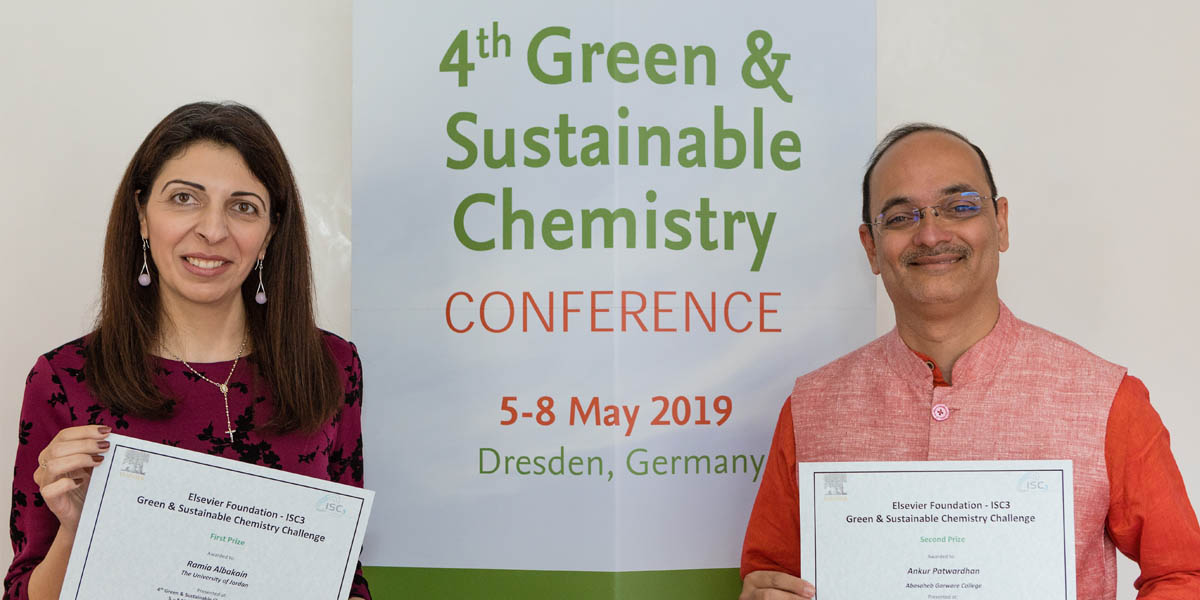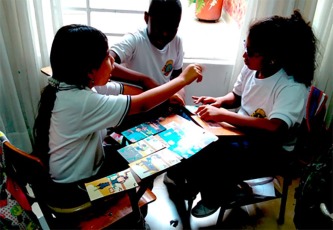World Development, Volume 118, June 2019
Globally, industrial agriculture threatens critical ecosystem processes on which crop production depends, while 815 million people are undernourished and many more suffer from malnutrition. The second Sustainable Development Goal (SDG 2), Zero Hunger, seeks to simultaneously address global environmental sustainability and food security challenges. We conducted an integrated literature review organized around three disciplinary perspectives central to realizing SDG 2: ecology and agricultural sciences, nutrition and public health, and political economy and policy science.
3rd June 2019



